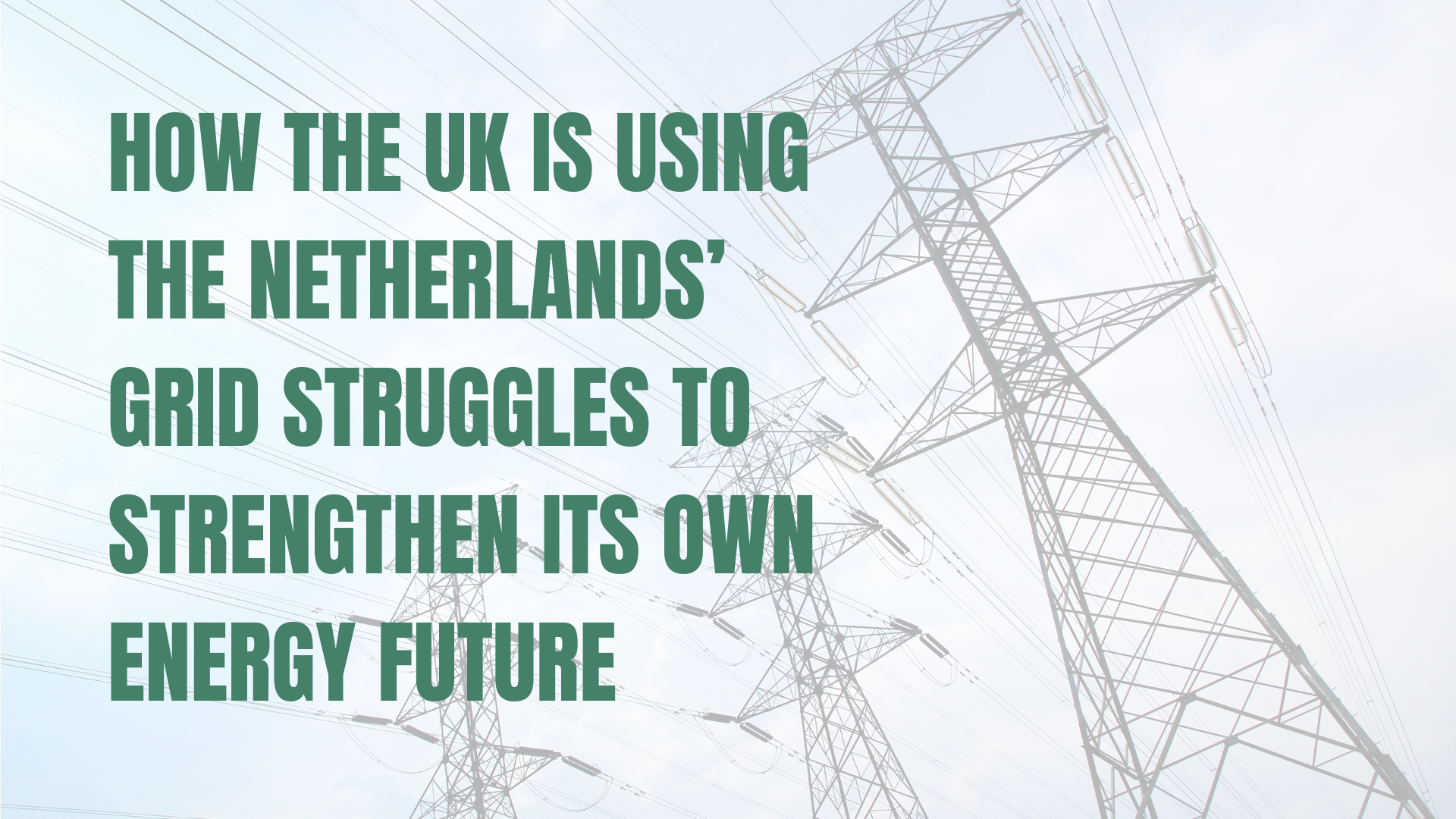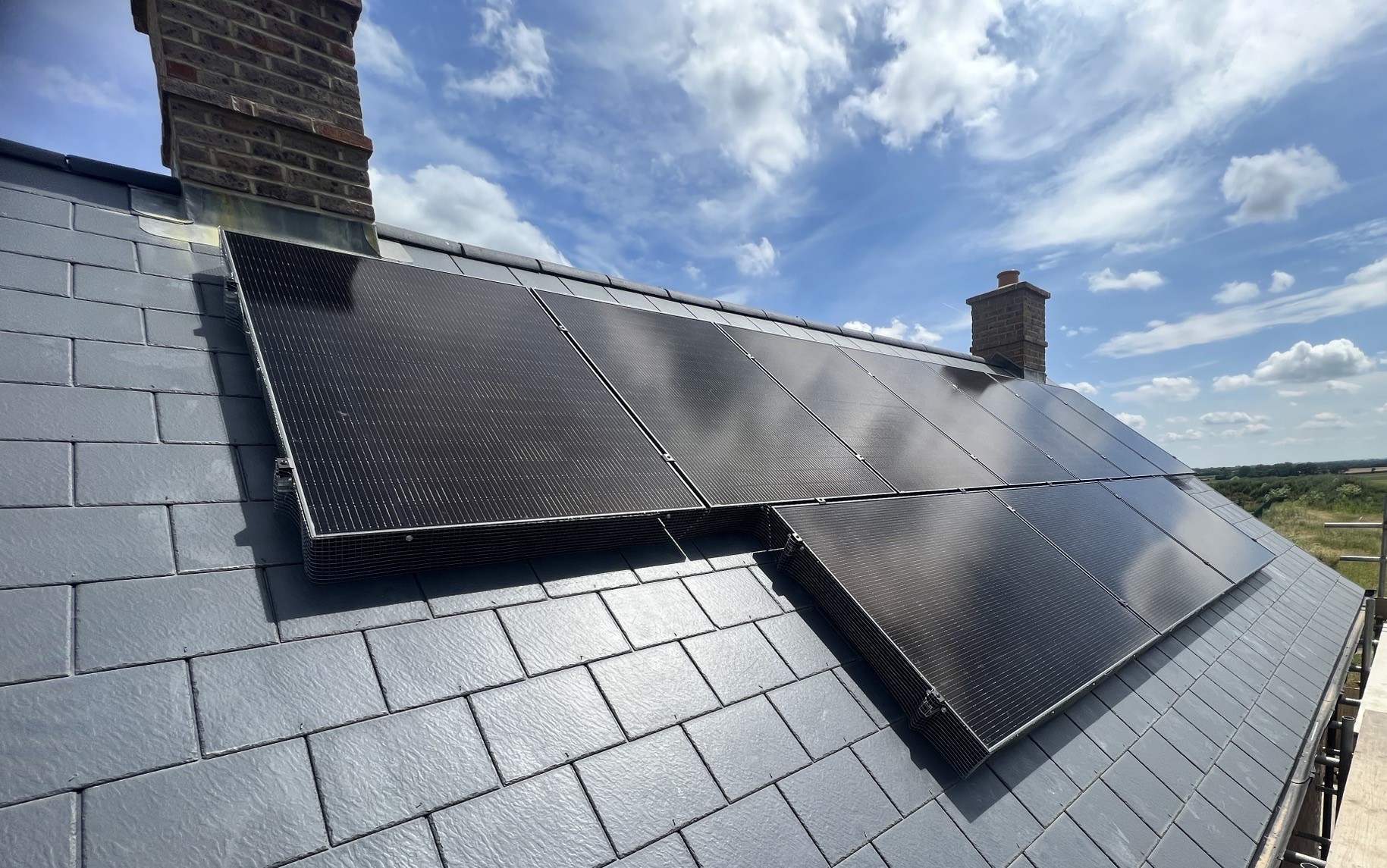The Netherlands, once hailed as a European leader in renewable energy, is now grappling with a power grid that can’t keep up with its green ambitions. A government campaign titled “Flip the Switch” is urging Dutch citizens to reduce electricity use during peak hours to avoid power blackouts, a clear sign of a system under pressure.
Over the past decade, the Netherlands has shifted rapidly away from fossil fuels and towards solar and wind energy. More than a third of Dutch homes have solar installed and the country is leading Europe on the solar front. With plans to make offshore wind farms the main power source for the Nation by 2030, more needs to be done to support grid infrastructure.
The transition has outpaced the country’s grid capacity, with experts describing it as a grid congestion. The system, originally designed to handle a handful of large gas power plants is now struggling to handle the huge volumes of renewable energy being generated from rooftop panels and wind farms.
The issue has become that problematic that businesses and homeowners now face long waits to connect solar panels, EV chargers and heat pumps to the grid, and much needed housing developments are being delayed as they cannot connect. The Dutch grid operator has now announced a €200 billion investment to upgrade cables and substations, a process that could take decades to complete.
How the UK is Working to Avoid the Same Pitfalls
While the Netherlands is tackling their grid issues, the UK is taking proactive steps to ensure its own clean energy revolution remains stable and reliable. The UK government and Ofgem have launched a series of Grid Modernisation and Flexibility initiatives, strengthening national and regional networks. Billions are being invested through the Electricity Networks Strategic Framework, including £16 billion earmarked for grid reinforcement by 2035.
National Grid ESO is also rolling out smart grid technology, battery storage and dynamic demand management systems, balancing renewable generation with demand. The upgrades are ensuring that the rapid uptake of solar panels, electric vehicles and wind farms doesn’t overload local networks leading to blackouts or power failures.
In addition, new ‘grid ready’ housing and commercial developments are being planned. These developments come with built in EV charging infrastructure and renewable capacity, preventing the chaos currently being seen in the Netherlands.
Projects like the Eastern Green Link subsea cables and massive offshore wind connections will create new energy superhighways. Enabling power to move more freely across the UK and preventing local congestion.
A Smarter, More Resilient Future
The Dutch experience highlights the truth of the energy transition. Building renewables is only half the job, modernising the grid is the other half. The UK’s forward looking investment in digital infrastructure, flexible power systems and faster planning approvals is designed to keep the lights on, the EVs charged and the nation’s Net Zero goals on track.
As Britain accelerates towards a greener future, its focus on a resilient grid could make it the model that other nations follow.
Ready to Join the Solar Revolution?
Contact SolarTherm UK today for a free no obligation quote and design, tailored to your property, usage and future energy needs. No hard sell, just honest, expert advice.
Your home. Your energy. Your future.





